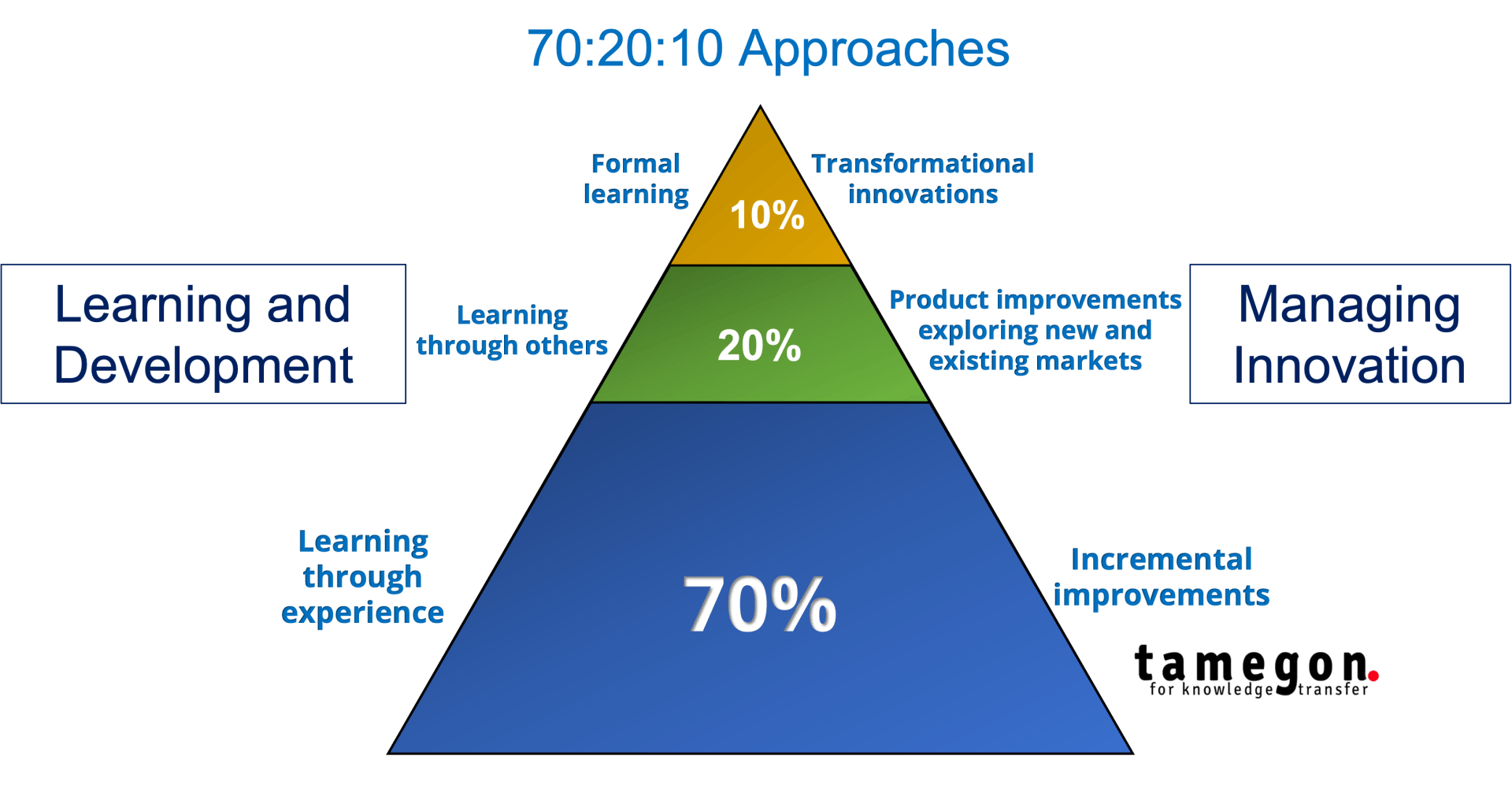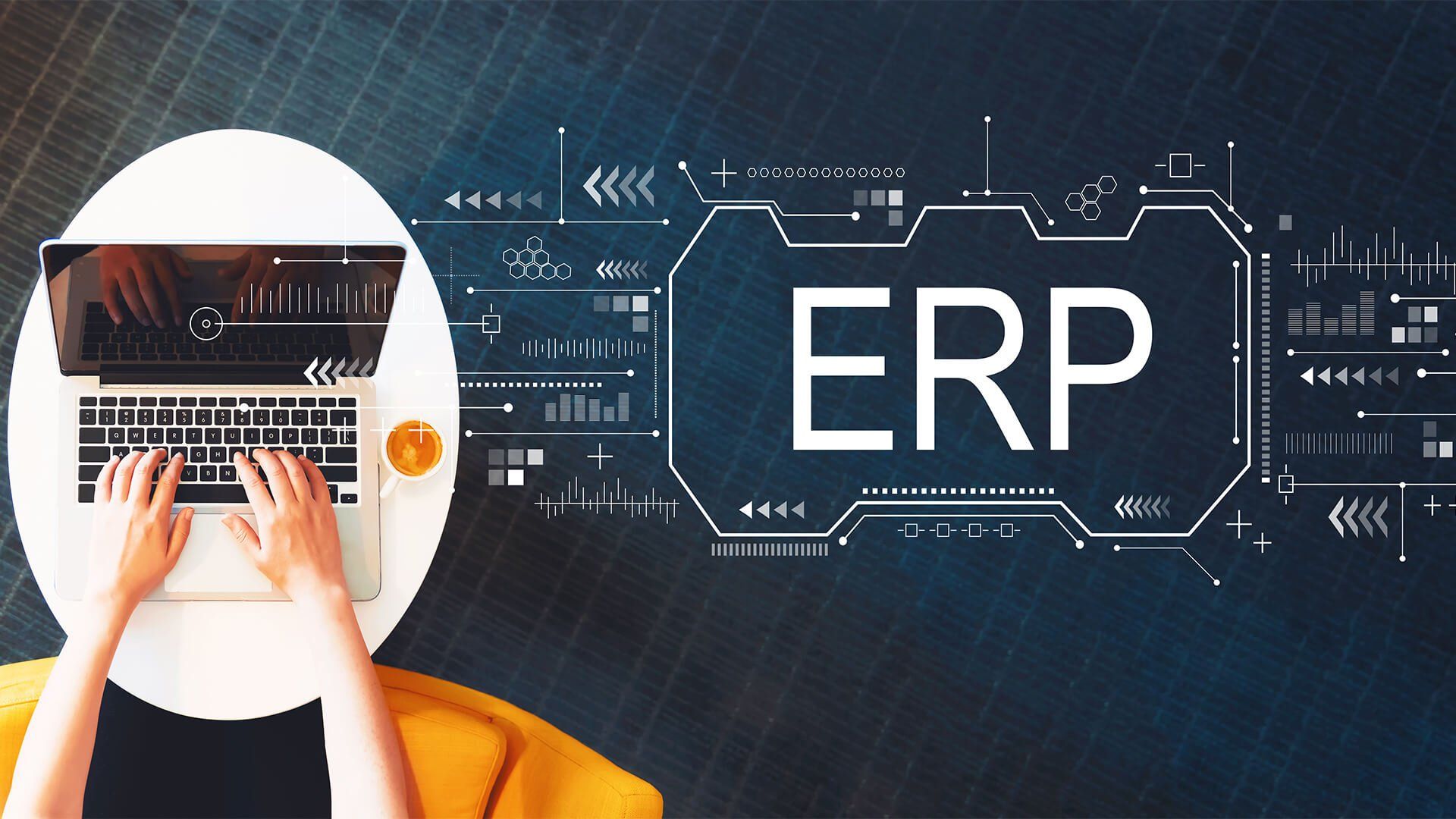What does the 70:20:10 model and approach tell us in the various contexts it can be applied to?
Dr Costas Chryssou
February 13, 2022
tamegon Innovation and Growth Advisory Firm
Over the last decade there has been a lot of discussion about the 70:20:10 model, particularly in the learning and development community. So while I was considering the Dotnxt programme's approach for this academic year (https://dotnxt.om/) - a large corporate social responsibility programme, exclusively sponsored by Occidental Oman LLC, designed to up-skill young graduates in 4IR technical, soft and entrepreneurial skills - I was thinking that the 70:20:10 framework is not only applied to learning, but in many other business contexts and pursuits; one of them being managing innovation.
But what does the 70:20:10 model and approach tell us in the various contexts it can be applied to?
The 70:20:10 model for learning and development is a well-known formula within the learning community that describes the optimum mix of sources of learning for successful personal and organisational capability development. It provides a general guideline for organisations that seek to maximise the effectiveness of their learning initiatives and development programmes, and enrich them with a blend of activities and inputs.
It advocates that hands-on experience (70%) is the most beneficial element of learning since it allows employees to discover and refine job-related skills, learn from their mistakes and receive immediate feedback on their performance. Also, employees learn from their peers (20%) through a variety of social interactions that can involve coaching and mentoring, and other collaborative learning approaches. The model also promotes that importantly, only 10% of the professional development and learning should occur through traditional classroom-based interactions.
In the learning and development context, the 70:20:10 model reminds us that the most effective learning occurs through experiential learning, gaining on-the-job experience and through peer-to-peer interactions, all of which are much more economical when compared to more formal learning that occurs through classroom-based events.

The 70:20:10 model for managing innovation is based on the approach that, for example, Google has taken when allocating resources to specific innovation related pursuits (innovation ambitions). It suggests that, broadly speaking, organisations should allocate 70% of their time and resources to core business activities - business as usual involving the incremental improvements of existing products or services that serve predominantly existing markets. It further suggests that businesses should allocate 20% of their time to innovation activities that effectively build on existing products and by adding some improved features allows the organisation to expand into new and existing customer market segments. The 10% of their time should be allocated to experimentation with transformational innovative ideas and challenges that can lead to significant changes in the market place enabling the organisation to enter or even create new markets and satisfy customer needs that sometimes have not even been clearly articulated yet.
In the managing innovation context, the 70:20:10 model assists organisations to formalise their structured thinking around how they can manage effectively, and achieve a balanced innovation portfolio, mapping the organisational ambition to specific innovation projects and resource allocation. Studies have confirmed that companies allocating resources according to the 70:20:10 approach (70% to core activities, 20% to adjacent ones, and 10% to transformational) seem to outperform their peers by 10% to 20% in terms of price-earnings ratio (P/E) [1].
A further interesting point is that consistently, research finds that the return ratio is roughly the inverse of this resource allocation we discussed, i.e. core innovation efforts typically contribute 10% to the long-term cumulative return on innovation investment, adjacent activities 20% and transformational innovation efforts 70%.
The 70:20:10 model seems to also be insightful in other business contexts and pursuits such as in marketing and PR and the effective scarce resource allocation into various marketing activities and channels maximising return on investment. For example, when Coca Cola considered investing in their marketing campaign of a new fizzy drink they developed a 70:20:10 approach where 70% of their communication efforts was directed through low risk content, 20% on innovative content that they knew it works well, while the 10% was content involving brand new ideas which were more experimental in nature and thus higher risk.
Generalising, the 70:20:10 model and approaches remind us that although innovation pursuits are by nature risky endeavours, if we do not clearly define our innovation ambitions and dedicate appropriate resources and time, then they will never have the opportunity to be successful.
[1] https://hbr.org/7930526410/managing-your-innovation-portfolio

Costas Chryssou
MBA, PhD
Founder and Managing Director
Sign up for our
articles
Sign up to our newsletter











